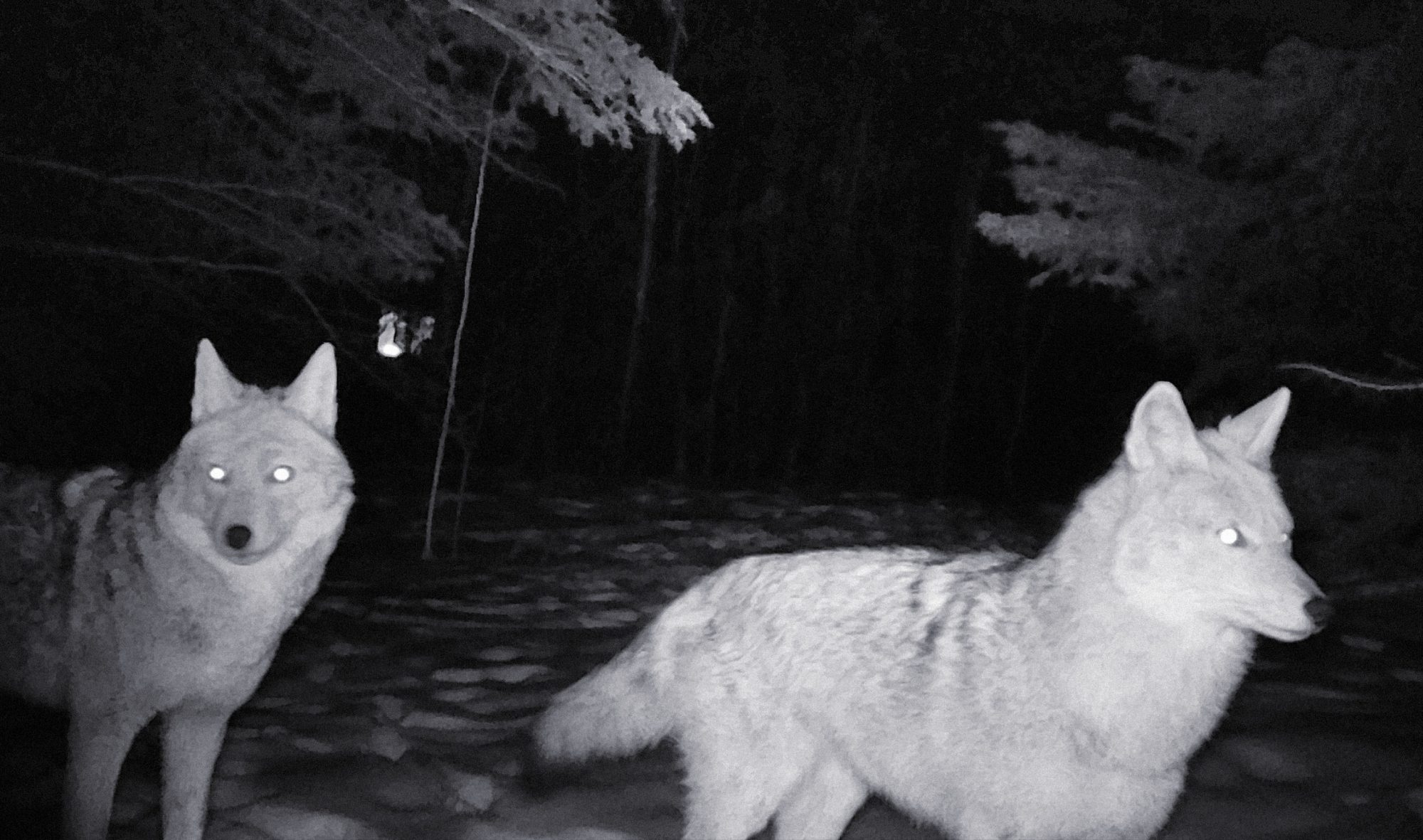The Red Hot Chili Peppers famously sang that “True Men Don’t Kill Coyotes,” but, if you join a University of Alberta-led study, you can chase and try to scare them.
The Edmonton Urban Coyote Project was launched in 2011, but the program has just put out a call for citizen volunteers as it tries to better understand the interactions between coyotes and humans.
Gabrielle Lajeunesse is a master’s student and co-leader of the program with Professor Colleen St. Clair and Dr. Howie Harshaw. Lajeunesse says they are looking for volunteers willing to patrol their neighbourhood during the day and, well, look for coyotes.
Some of the volunteers will be in “control” areas, where all they’ll do is note where they saw the coyote and how the animal was acting. They won’t try to confront the coyote.
In “treatment” areas, volunteers will be asked to, well, scare the coyote. They can make noise, approach with an aggressive stance, and even throw weighted tennis balls. The whole idea is to create an understanding about coyotes that live in the city. They should be naturally skittish around humans and back away. But, are they becoming more bold?
“With the ‘treatment’ volunteers, when they get within 40 metres of the coyote, we want them to try and intimidate the coyotes,” says Lajeunesse.
Coyotes with pups and old or sick coyotes are to be left alone. As well, the river valley and ravines, being green, natural spaces, are out of bounds. That’s normal habitat for coyotes.
“If we see a coyote in the river valley, on a golf course at night, it’s being a good coyote,” she says. “The problem is if we see them during the day in playgrounds or in a schoolyard or on that same golf course when there are people.”
She’s aware that there seems to be more reports of coyote interactions; check any community league’s Facebook page and you’ll find reports, which have increased over the last few years. But the question: Are we noticing coyotes more because we’re at home due to COVID, or are they really becoming more bold?
